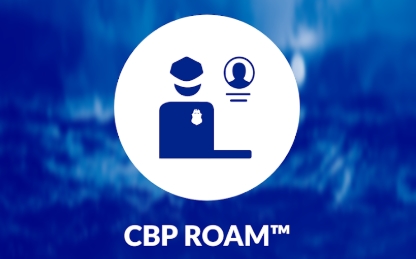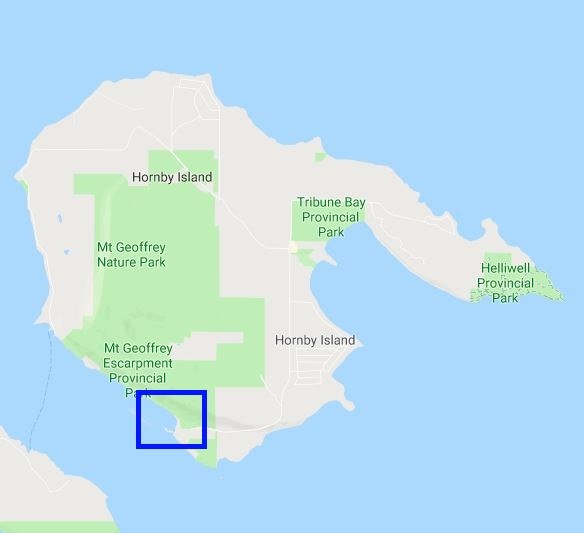A Step-by-Step Guide on How to Clean a Fish While On Your Boat
It’s never the best part of the fishing experience, and it’s often a thankless task, but someone on board the boat has got to do it. We’re talking about cleaning your catch. Knowing how to clean a fish properly is something every fisherman should know how to do. It’s the first step in getting your fish to taste delicious, after all.
When do you need to clean your fish?
Try and clean your fish within an hour or two of catching it, or at the very least, on the day you catch it – this is true even if you are planning on freezing the fish eventually. If you’ll be out fishing for several days on your yacht, it will be important you have everything you need on board to easily clean your catch right there on the boat. Fortunately, you don’t need much to clean a fish.
Here’s our quick guide to cleaning a fish on board your boat:
To clean a fish, you’ll need a:
- Sanitary work station
- Dull butter knife, spoon or fork for removing scales
- Sharp knife for gutting your fish
- Bucket to collect your fish guts
- Clean ice bucket to collect your clean fish
- Newspaper or plastic lining (optional)
- Clean running water
- A fish or two worthy of getting your hands dirty
Cleaning a fish in 7 easy steps
Step 1: Bleed the Fish
A fish should be bled when you first catch it to preserve the flavour of the meat and to make for a cleaner gutting experience. To do so, make a shallow incision under the fish’s gills. Snap its head back, breaking the spinal cord, then thread a rope through its mouth and out the gills. Allow the fish to bleed out into the water. Put the fresh catch on ice. Keep it there until you’re ready for the next steps.
Step 2: Prepare Your Materials
Lay out some newspaper on your sanitized workspace to help absorb liquids spilling from the fish and onto the floor. Do your fish cleaning outdoors if possible as it’s going to get messy! Use gloves if you prefer and have them handy.
Have your bag or bucket nearby to collect the bones, fins, head, and guts of the fish.
Inspect your fish for signs of diseases, including spots, sores, wounds, and discolouration before proceeding.
Step 3: Remove Scales
Remove the scales from your cold fish using a dull knife, fork, or spoon. From the tail towards the head, use a raking motion working against the direction of the scales. Do both sides of the fish, as well as the top and bottom.
Don’t worry if you can’t remove all the scales (they are not harmful to consume) – just aim for most of them because they don’t taste very good.
If you’re dealing with a thick-skinned fish, consider skinning it instead of descaling. To do this, cut a 1-inch notch where the top of the fish’s head connects to its body. Grip the fish at the head and simply peel the skin down to the tail. Pliers might be needed if the skin is tough.
Step 4: Remove Guts
It’s time to gut your fish. To do so, cut a long, shallow incision along the belly of the fish from the anus to the base of the gills. The incision must be shallow, or you’ll nick the intestines, making them harder and much messier to remove.
Remove the fish guts from the abdominal cavity with your fingers or scoop them out with a spoon. We told you it wasn’t going to be fun! The guts should be easy to remove, albeit unpleasant. Don’t miss anything! There might be darker membranes remaining in certain types of fish. Be sure to scrape these out as well to prevent a strong flavour and aroma from making its way into your meal.
Step 5: Remove Fins and Head
Remove the head of the fish if you plan on doing so. Cut it off from directly behind the gills. Some people choose to leave the head on the fish, and in some cooking methods – for trout especially – the head adds flavour and depth to your dish.
Next, remove the dorsal fin at the bottom of the fish (also optional) by quickly pulling it firmly towards the head. Removing the dorsal fin, if done in a swift motion, removes many small bones from your fish. You can also just cut it off.
Dispose of your fish guts responsibly. The cleaning station at the marina should have disposal bins. If you’re out on the open ocean, toss the guts back in, but if you’re in a residential area/smaller lake, it’s best to wrap these up in the newspaper and dispose of them when you’re back on shore.
Step 6: Rinse or Wipe Down the Fish
Quickly rinse the fish in cold water – inside and out – specifically rinsing off any blood, sticky scales, and other random fish bits. There are no cleaning chemicals required here – just water ought to do it. However, don’t overdo it with the water, or else you end up washing away the flavour of the fish. If you prefer, you can gently wipe the fish with a paper towel rather than rinsing it.
Step 7: Cook Your Fish
Depending on your preferred cooking method, you might have more prep work to do before you can cook your fish, like filleting or cutting it into steaks, and removing its backbone prior to cooking (if you’re not BBQing or baking it whole).
Either way, you’re done cleaning and are well on your way to enjoying your catch of the day!
For tips on how to hook the fish in the first place, check out our Lures or Bait debate.
And if you think it might be a while until you catch something, why not prepare a few meals ahead of time before setting sail? Board your boat with these 5 Make-Ahead Boating Meals to tide you over until your big catch.
At Van Isle Marina in Victoria, BC, we are a big boating community who know their fish. Looking for the best fishing boat to help you catch fish in more style and comfort? Check out some of the yachts we have available for sale. We specialize in new Back Cove, Riviera, and Belize motor yachts, in addition to the many pre-owned boats for sale at our marina.





